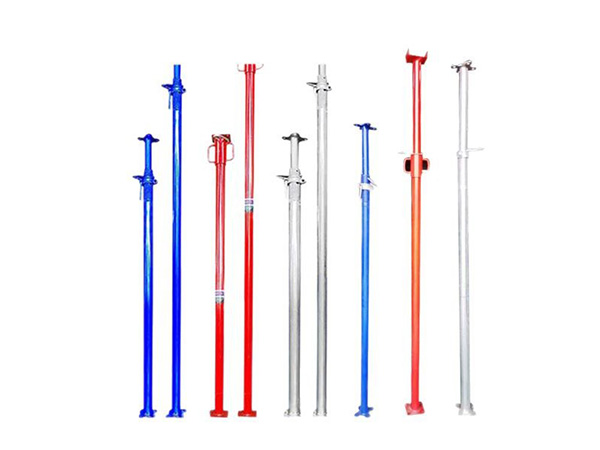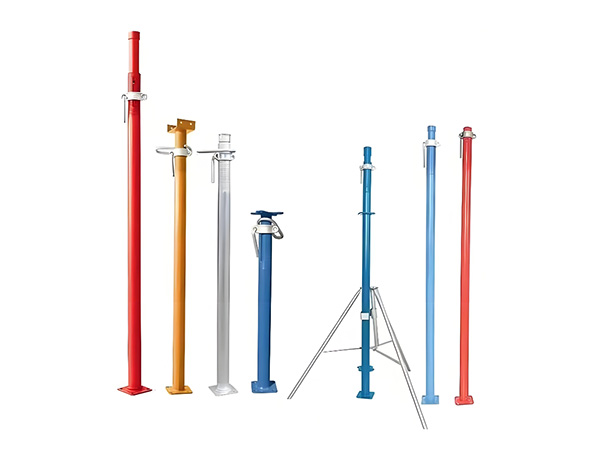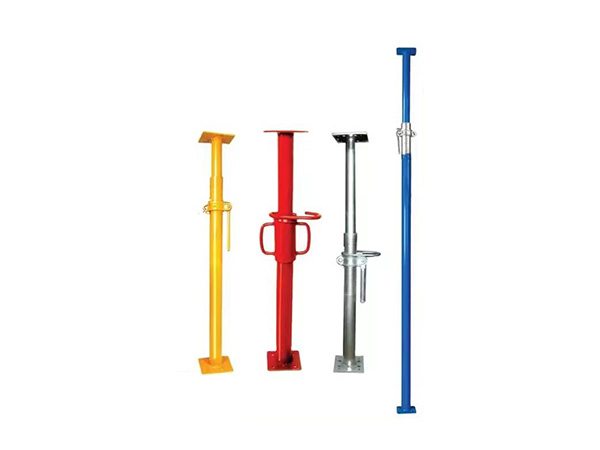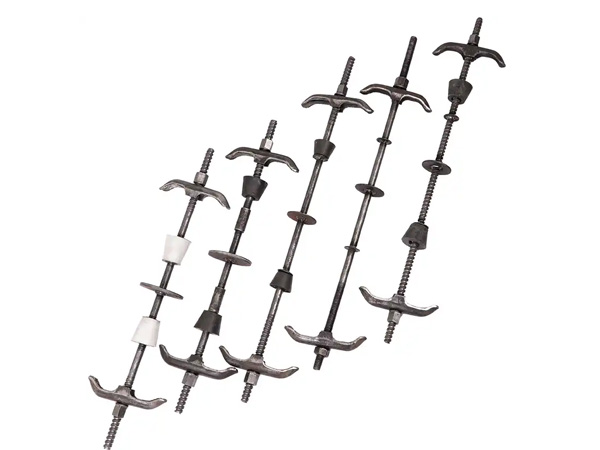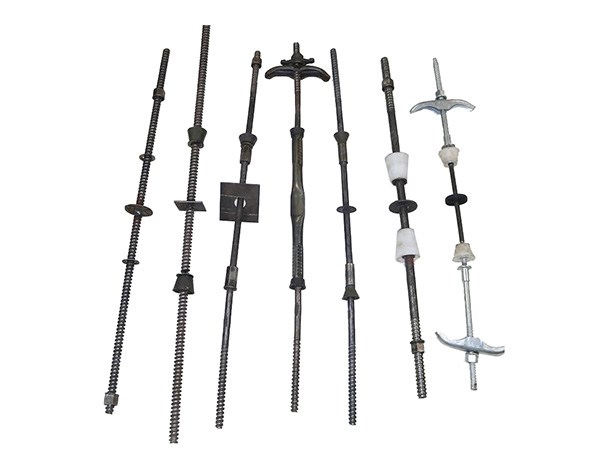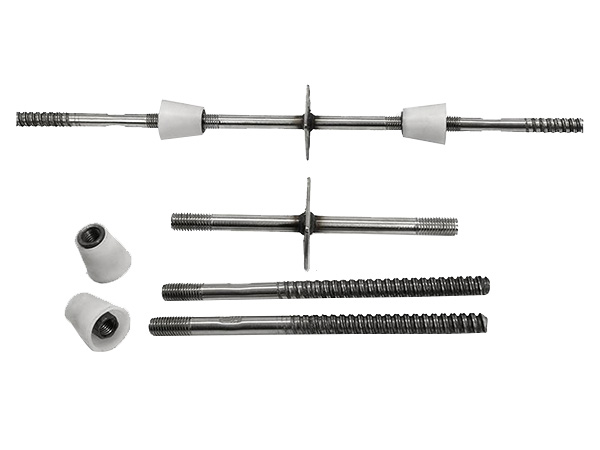- Site Navigation -
NEWS LIST
Solutions for Loose Wall-Tie Bolts in Old Buildings
Author:yicheng Date:2025-09-03 17:09:51 Hits:199
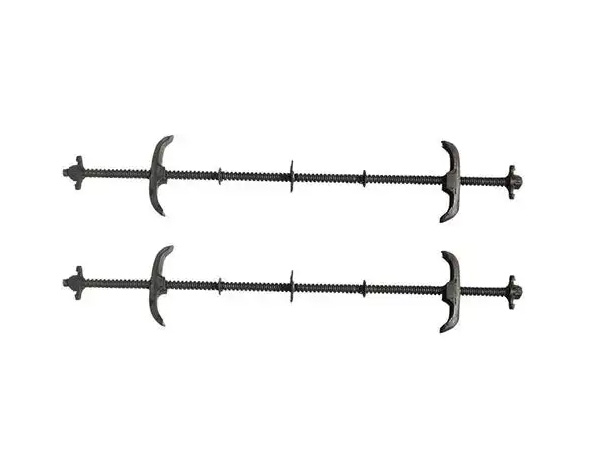
Solutions for Loose Wall-Tie Bolts in Old Buildings
Loose wall-tie bolts in old buildings(common due to decades of corrosion,thermal expansion,or original poor installation)threaten wall stability—addressing them requires tailored fixes that balance structural safety and historic preservation.Below are practical,code-aligned solutions:
1.Assess First:Identify Looseness&Root Cause
Start with a non-destructive inspection(by a structural engineer or mason):
Use a sound test:Tap ties(via small mortar openings)with a metal probe—hollow sounds indicate looseness;solid sounds mean partial retention.
Check for corrosion:If ties are steel/galvanized,rust expansion often breaks their bond with masonry.For historic iron ties,look for pitting or flaking.
Map loose ties:Note locations(e.g.,near rooflines,window openings)to prioritize high-stress areas.
2.Targeted Tightening(for Minimally Loose Ties)
For ties with slight movement(no major corrosion or masonry damage):
Resin injection:Drill small holes(6–8mm)near the tie,inject epoxy resin(masonry-compatible,high-adhesion)around the tie.The resin seeps into gaps between the tie and masonry,hardening to resecure it—ideal for historic walls where removing ties risks damage.
Mechanical shimming:For accessible ties(e.g.,at wall edges),insert stainless-steel shims between the tie and masonry,then secure with non-corrosive set screws.Avoid over-tightening to prevent masonry cracking.
3.Partial Replacement(for Corroded/Loosened Sections)
If ties are partially damaged but the main body remains intact:
Remove only the loose/corroded segment(e.g.,a bent end)by carefully chiseling surrounding mortar.
Attach a compatible extension:Use stainless-steel couplers(matching the original tie’s diameter)to connect a new tie segment,then anchor it to the inner wall(e.g.,resin-fixed or mechanical anchors).
Repoint mortar:Refill the opening with lime mortar(for historic buildings)or matching Portland cement mortar to restore aesthetics and weather resistance.
4.Full Replacement(for Severely Loose/Corroded Ties)
For ties that are fully detached,rusted through,or broken:
Extract the old tie:Carefully remove surrounding masonry(use hand tools,not power tools,to avoid historic fabric damage),then pull out the failed tie.
Install a historic-compatible new tie:Choose stainless-steel ties(rust-resistant)or hot-dip galvanized ties(for matching old steel types).For cavity walls,use“butterfly”or“wire”ties(mimicking old designs);for solid walls,use helical ties.
Reinforce if needed:Add supplementary ties(15–20%extra)in high-stress zones(e.g.,long wall spans)to compensate for decades of structural wear.
Key Preservation Note
For listed/historic buildings,avoid altering original tie patterns or using modern materials that clash with the structure’s character.Always consult local historic preservation boards before full replacements—some may require using replica ties(e.g.,cast iron for 19th-century buildings)to maintain authenticity.







